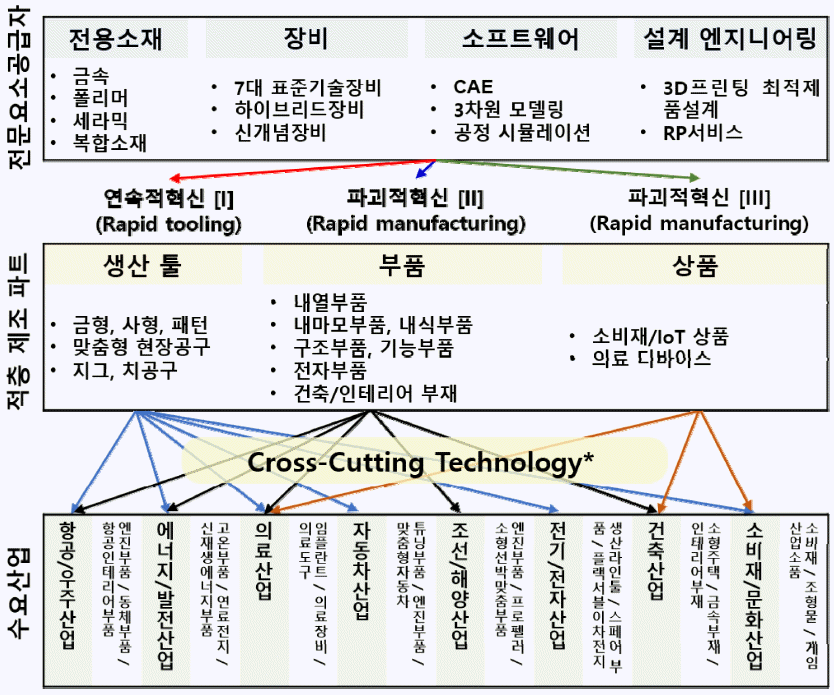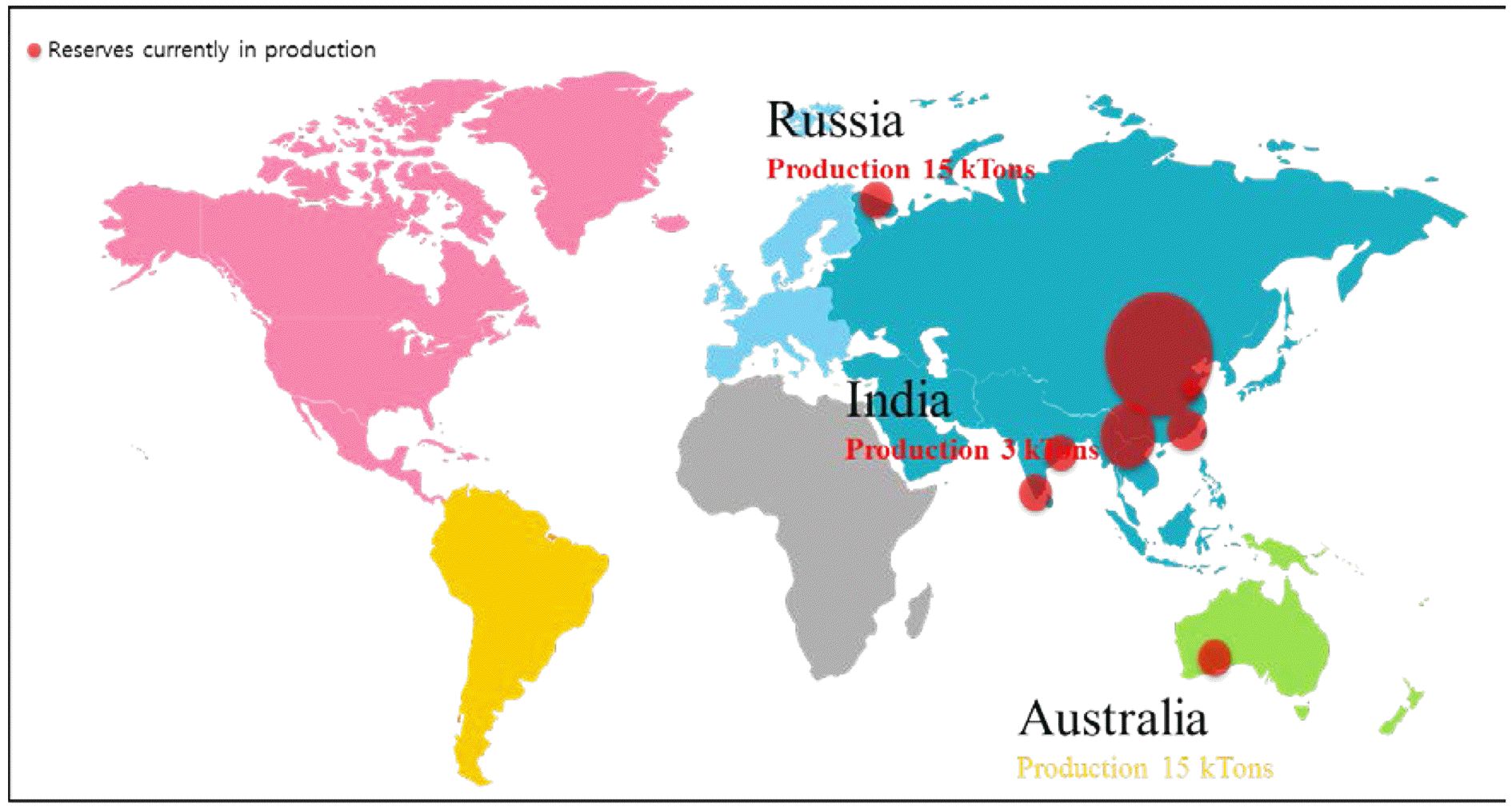Search
- Page Path
- HOME > Search
- [Korean]
- Technology Trend of Additive Manufacturing Standardization
- Hanshin Choi, Jinsu Park
- J Korean Powder Metall Inst. 2020;27(5):420-428. Published online October 1, 2020
- DOI: https://doi.org/10.4150/KPMI.2020.27.5.420

- 709 View
- 4 Download
-
 Abstract
Abstract
 PDF
PDF Additive manufacturing technology is recognized as an optimal technology for mass-customized distributed production because it can yield products with high design freedom by applying an automated production system. However, the introduction of novel technologies to the additive manufacturing industry is generally delayed, and technology uncertainty has been pointed out as one of the main causes. This paper presents the results of the research and analysis of current standardization trends that are related to additive manufacturing by examining the hierarchical structure of the quality system along with the various industry and evaluation standards. Consequently, it was confirmed that the currently unfolding standardization does not sufficiently reflect the characteristics of additive manufacturing technology, and rather can become a barrier to entry for market participants or an element that suppresses the lateral shearing ability of additive manufacturing technology.
- [Korean]
- Trends and Implications of International Standardization for Rare Earths
- Sardar Farhat Abbas, Sang-Hyun lee, Bin Lee, Bum-Sung Kim, Taek-Soo Kim
- J Korean Powder Metall Inst. 2018;25(2):165-169. Published online April 1, 2018
- DOI: https://doi.org/10.4150/KPMI.2018.25.2.165

- 820 View
- 5 Download
- 2 Citations
-
 Abstract
Abstract
 PDF
PDF Rare earth elements (REEs) are considered to be vital to modern industry due to their important roles in applications such as permanent magnets, automobile production, displays, and many more. The imbalance between demand and supply of REEs can be solved by recycling processes. Regarding the needs of industry and society, the International Organization for Standardization, Technical Committee 298 (ISO/TC298) Rare Earths has been recently launched for developing international standards on rare earth elements. In accordance with the suggestion of its constituents, it is tentatively working to develop the appropriate standards under five working groups (WG) on terms and definitions (WG1), element recycling (WG2), environmental stewardship (WG3), packaging, labelling, marking, transport, and storage (WG4), and testing analysis (WG5). The scope and structure of ISO/TC298 on the topic of rare earths is discussed in this document.
-
Citations
Citations to this article as recorded by- Synthesis and magnetic properties of Sm2Co17 particles using salt-assisted spray pyrolysis and a reduction-diffusion process
Tae-Yeon Hwang, Jimin Lee, Min Kyu Kang, Gyutae Lee, Jongryoul Kim, Yong-Ho Choa
Applied Surface Science.2019; 475: 986. CrossRef - Worker Safety in the Rare Earth Elements Recycling Process From the Review of Toxicity and Issues
Seo-Ho Shin, Hyun-Ock Kim, Kyung-Taek Rim
Safety and Health at Work.2019; 10(4): 409. CrossRef
- Synthesis and magnetic properties of Sm2Co17 particles using salt-assisted spray pyrolysis and a reduction-diffusion process
TOP
 KPMI
KPMI


 First
First Prev
Prev


